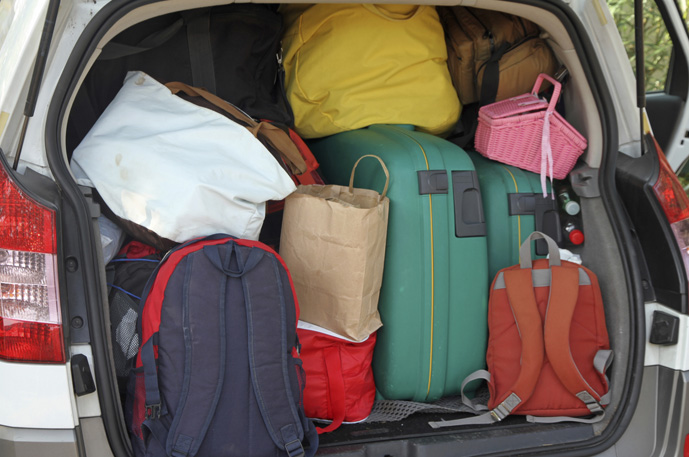July is wintertime in Brazil, but a Brazilian winter. It’s also the mid-year school [1] break: 30 days off for students to recharge their batteries for the second semester.

Winter holidays are considered high season for the Brazilian tourism industry. More so for the school break than for the season itself. Indeed, some destinations in the mountains (Campos do Jordão in the State of São Paulo – Southeast Brazil; Canela and Gramado in the State of Rio Grande do Sul – South Brazil) receive thousands of visitors waiting for temperatures close to zero degree (Celsius) and very lucky to see the city wakes up with the frost-covered white gardens. Snow is unusual in Brazil. The phenomenon happens very rarely with intervals of decades. Winter in Brazil is noticed in the South and Southeast regions that record average temperatures between 9 and 19 degrees Celsius. The drop in temperature is enough for Brazilians in these regions to change their outfits: heavy coats and fondue appliances come out of their closets.
That’s why school break is a better explanation for the high season of July. For more upper social class Brazilians, this is the month of international travel: they want to enjoy the summer in the United States and Europe as well.
This year, the Brazilian Northern and Northeastern regions were an excellent alternative to international trips for some good reasons: the usual good July weather, with localized winter rains only, and the high-rated dollar against the Brazilian currency. Some of the capital cities were the preferred destination, and the famous dream beach resorts along the Northeastern Brazilian coast were highly cherished indicating that part of the luckiest Brazilian consumers postponed their trips abroad to 2020 waiting for a more favorable exchange rate.
The middle-class Brazilian travels much less abroad in July exactly because promotional airline and hotel fares are inexistent. Redeeming airline tickets with credit card miles is also unfavorable in July, which also deters a significant part of Brazilians from international flights.
Regional tourism – by car – is the preferred option by the Brazilian middle class. Resorts, ranch hotels, inns and even coastal destinations – which, despite the cold and icy sea – are typical choices of those Brazilians who shorten the trip and opt for extended weekends. To middle-class Brazilians, a long weekend seems to be enough to post pictures on social media labeled “July vacation.”
So, air travel (which should be considered a means of transportation) are an attraction. Traveling by plane is part of the fun. Aware of this, Brazil’s largest tour operators create low-cost July vacation travel packages, including air tickets, as a way to lure Brazilian tourists to domestic destinations (including the underscored) who often prefer a less expensive hotel so they can take an airplane instead of driving to the place, and stay in a higher-class hotel.
Although school break has a fundamental weight in the July season, even childless and single couples (who would not have to wait for their children’s school Holidays to travel) are also traveling this time of the year, attracted by the bustle of destinations, special agendas offered by touristic cities, and exclusive promotions offered by the operators.
Finally, it is noteworthy that the city of São Paulo, the capital of the state with the same name, is among the main domestic tourist destinations. Although it has neither beaches nor mountains to compete with other typical tourist destinations, it attracts Brazilians from other regions because it is the largest Brazilian city, not only for the typical skyscrapers, landscape, and economic influence of the metropolis but also for its hotel chain promotions (it is the 4th city in number of hotels in Brazil). This July season, the city ranked as one of the ten preferred destinations by Brazilian tourists.
[1]I will approach this issue in an article about Brazilian schools to be published soon.
